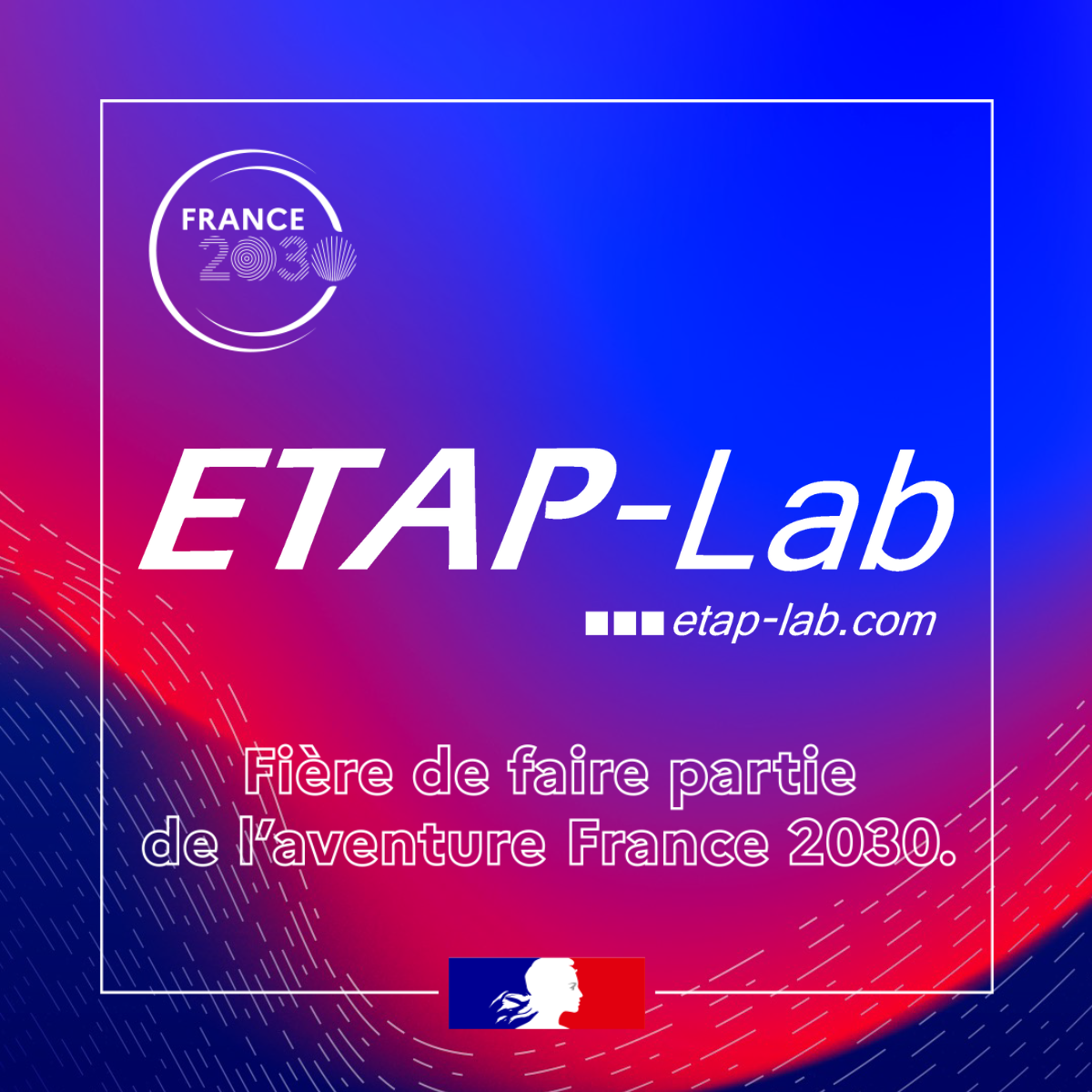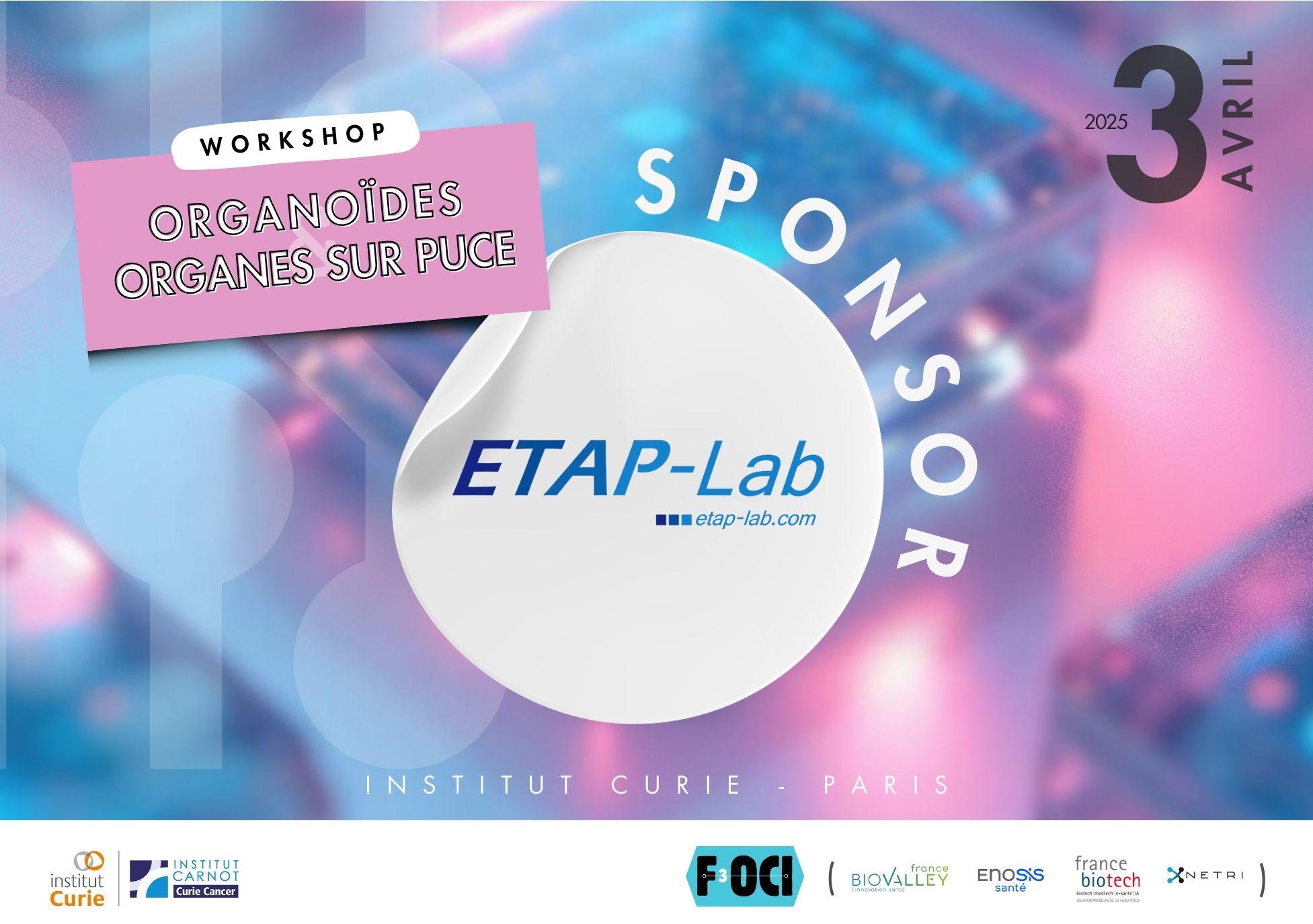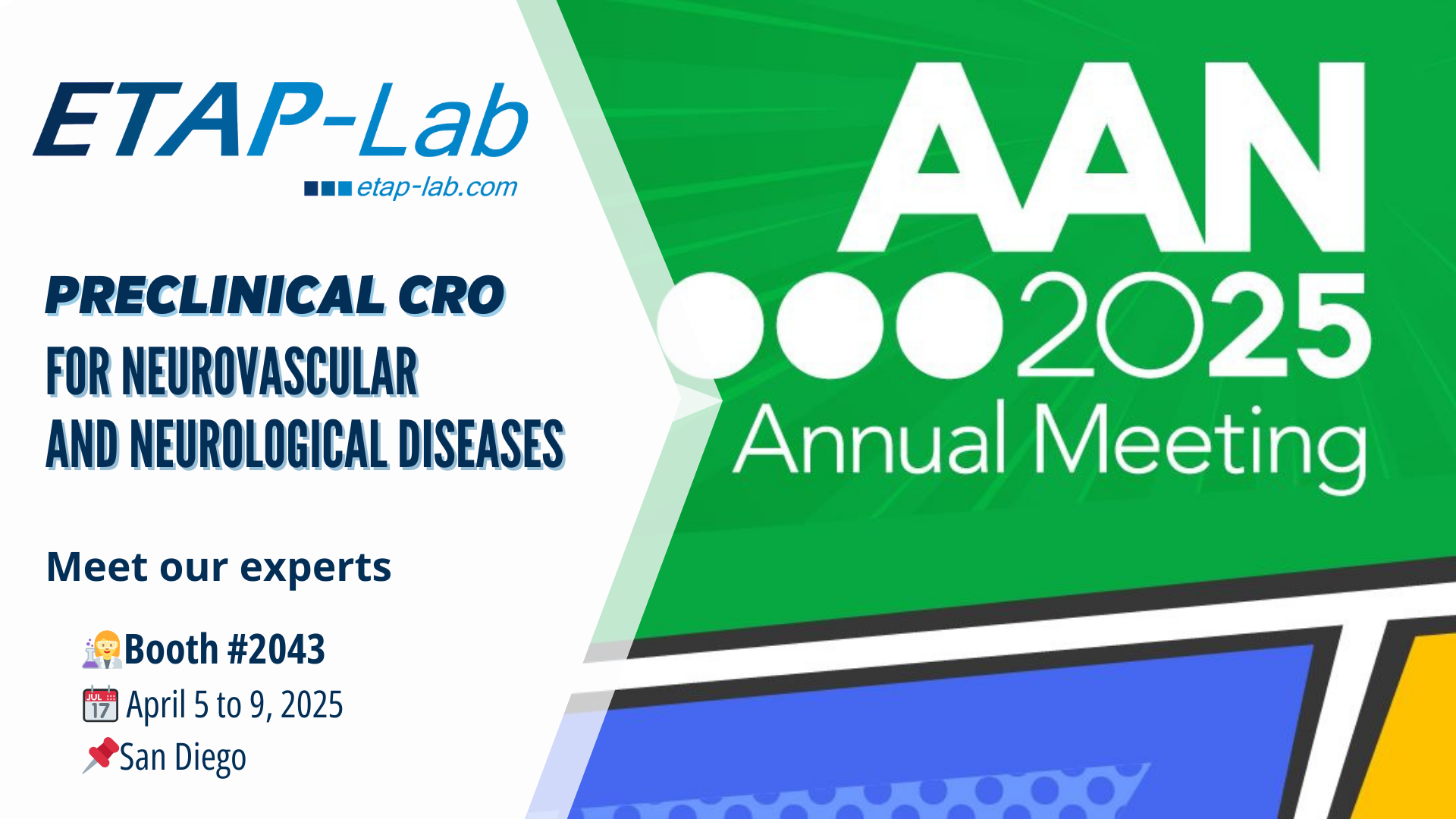ETAP-Lab associates with MIRCen to perform a MRI translationnal study in stroke
ETAP-Lab is pleased to announce a 12-month collaboration with the MIRCen imaging platform directed by Pr. Philippe Hantraye(French Atomic Energy Commission (CEA), Fontenay-aux-Roses, France). This collaboration is happening within the context of a specific project aimed at supporting the translation of an innovative drug for acute ischemic stroke from preclinic to clinic. ETAP-Lab is contributing its original thrombo-embolic stroke model in rats, while MIRCen brings its outstanding expertise in the field of MRI in rodents.
Stroke is one of the most prevalent life-threatening conditions in western countries. As an emergency condition, it is the second most common cause of death, as well as the leading cause of acquired handicap, worldwide – resulting in high socio-economic impact. Around 80-87% of strokes are ischemic. Ischemia is commonly induced by a clot (thrombus) either generated within brain vessels or moved by arterial blood flow (i.e. embolism) toward the brain, resulting in the occlusion of a cerebral artery. Hypoperfused brain tissue is then quickly injured, depending on remaining local blood flow – yet can be salvaged if reperfusion occurs within minutes or hours. Rapid and complete reperfusion following stroke onset will maximize ischemic cerebral tissue salvation.
Reperfusion can be achieved through pharmacological intervention using fibrinolytic drugs capable of dissolving thrombi. Alteplase is currently the only fibrinolytic drug approved for the treatment of acute ischemic stroke. This treatment does however have significant limitations: a short therapeutic window (a maximum of 4 to 6 hours after stroke onset), increased risk of cerebral haemorrhage, poor efficacy in about 70% of patients and potential neurotoxicity. New treatments are thus urgently needed.
The ETAP-Lab thrombo-embolic stroke model in rats allows testing of new fibrinolytic and profibrinolytic drugs. Stroke is induced by injection of multiple autologous blood clots toward the middle cerebral artery. Stroke intensity can be customized to produce lacunar lesions to extended cerebral injury. Alteplase resistance is achieved in the extended cerebral injury version, allowing testing of drugs designed to potentiate Alteplase treatment. Neuroprotective strategies can also be tested in the presence of Alteplase, in combined-treatment experimental designs. Efficacy is evaluated via an original neuroscore and histological analysis.
MRI in vivo studies empowers stroke studies by direct and repeated measurement of lesion volumes. Angiography and local cerebral blood flow measurement provide important data concerning the efficacy of the tested drugs. MRI also provides access to endpoints such as haemorrhagic volumes, haemato-encephalic barrier permeability and neuro-inflammation. The combination of MIRCen expertise with an 11.7 Tesla MRI device ensures first-class imaging quality and data interpretation.
Contact us to know more about ETAP-Lab’s stroke model.
Link to MIRCen Website:







